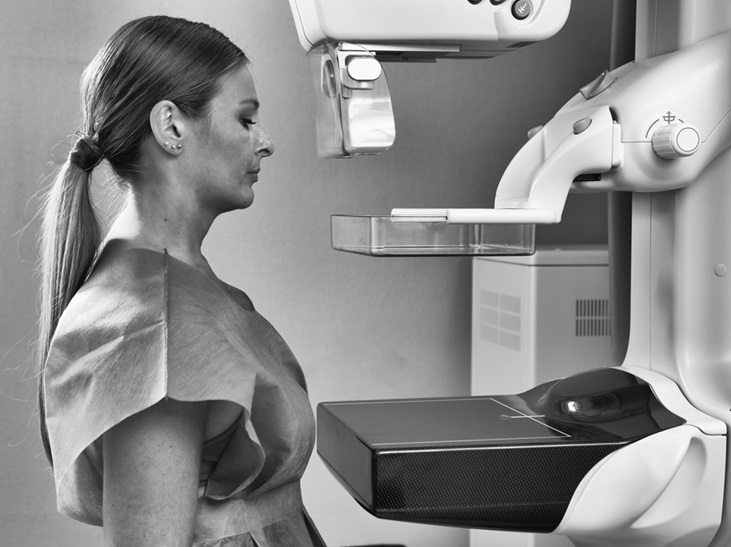Annual Mammography Beginning At 40 Cuts Breast Cancer Mortality By 42%
Posted on 28 Feb 2024
Breast cancer remains a leading cause of cancer-related deaths among women in the United States. Although studies have shown that regular mammography screenings can cut breast cancer fatalities by 40%, only about half of the eligible women actually undergo annual screenings. The debate over the optimal age to begin and the frequency of breast cancer screenings continues. Now, a new study has revealed that beginning annual breast cancer screenings at age 40 and maintaining them until at least 79 is the most effective strategy to significantly reduce mortality with minimal associated risks.
In the study, researchers at Dartmouth Geisel School of Medicine (Hanover, NH, USA) conducted a secondary analysis of the Cancer Intervention and Surveillance Modeling Network (CISNET) 2023 median estimates for breast cancer screening outcomes. This data allows for the evaluation of different screening schedules and starting ages based on U.S. population data. The study assessed the benefits (like mortality reduction and life years gained) and risks (such as benign biopsies and recall rates) of four screening scenarios: biennial screening for women aged 50-74 (as per USPSTF's longstanding recommendation), biennial screening for women aged 40-74 (the task force's updated draft recommendation), annual screening for women aged 40-74, and annual screening for women aged 40-79. Notably, CISNET does not provide models for screening beyond the age of 79.

The analysis indicated that annual screening of women aged 40-79 using digital mammography or tomosynthesis could reduce mortality by 41.7%. In comparison, biennial screenings for women aged 50-74 and 40-74 showed a mortality reduction of 25.4% and 30%, respectively. Annual screenings for women aged 40-79 also resulted in the lowest rates of false-positive screens (6.5%) and benign biopsies (0.88%) compared to the other scenarios. While the USPSTF, which uses CISNET models for its guidelines, categorizes recall rates and benign biopsies as harms, the researchers argue these should be considered risks. Their findings suggest that the likelihood of a benign biopsy post-annual screening is under 1%, with all recall rates for mammography below 10%. With tomosynthesis, the recall rate further drops to 6.5%. This team hopes that the study will to contribute to the existing evidence supporting annual screenings beginning at age 40 as the most effective approach for early cancer detection.
"The biggest takeaway point of our study is that annual screening beginning at 40 and continuing to at least age 79 gives the highest mortality reduction, the most cancer deaths averted, and the most years of life gained," said lead researcher Debra L. Monticciolo, M.D., professor of radiology at Dartmouth Geisel School of Medicine. "There's a huge benefit to screening annually until at least 79 and even more benefit if women are screened past 79."
Related Links:
Dartmouth Geisel School of Medicine














